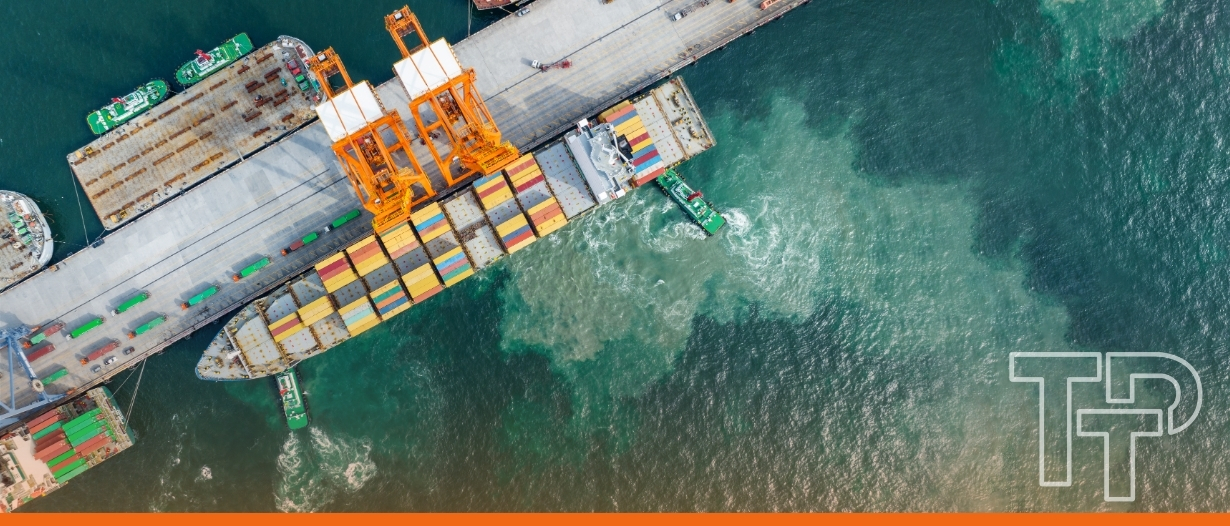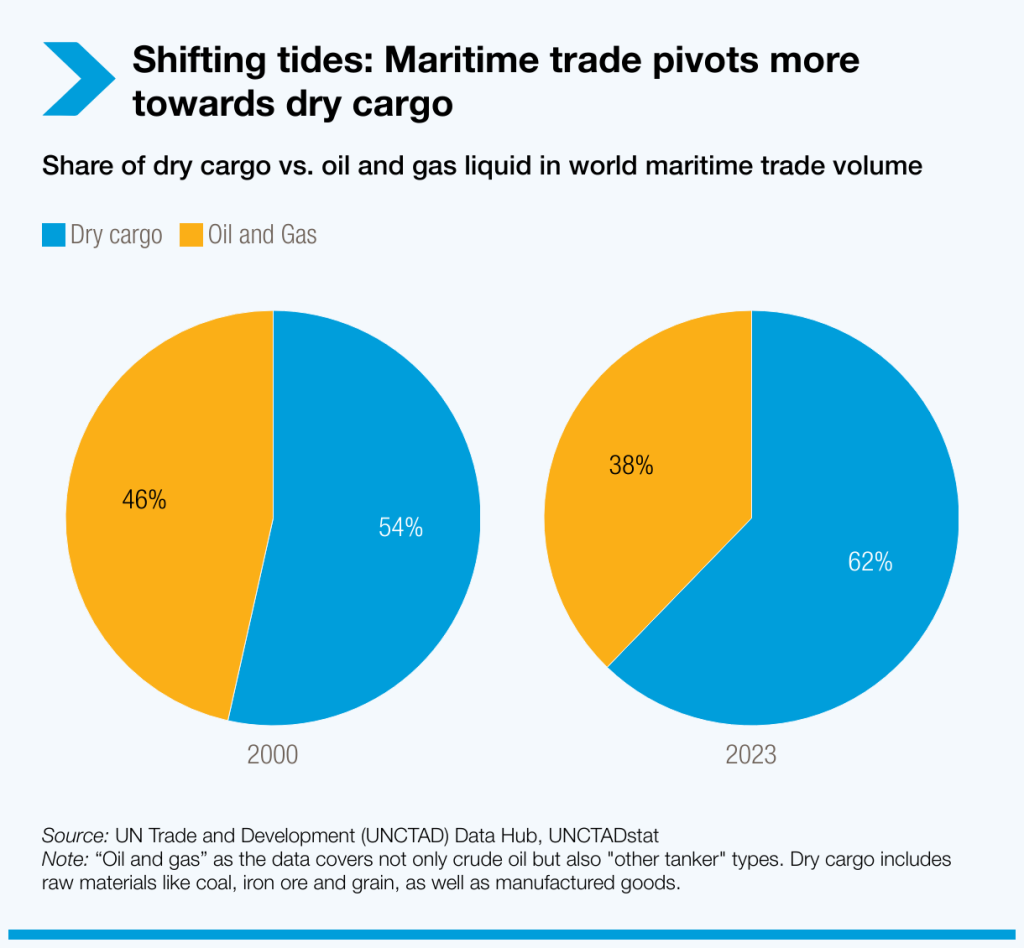SaturnX secures $3 million to scale stablecoin infrastructure for cross-border remittances
Carter Hoffman
Jun 20, 2025
 Carter Hoffman
Apr 24, 2025
Carter Hoffman
Apr 24, 2025

Newly released data from the United Nations Conference on Trade and Development (UNCTAD) has added much-needed clarity to the global picture of seaborne trade. For the first time, the dataset includes country-level breakdowns of maritime cargo movements, providing insight into trade flows that, until now, have largely been viewed through regional or aggregated lenses.
Seaborne transport continues to be the primary channel for international trade, accounting for over 80% of total global volumes. But while that headline has remained steady for years, the distribution of those volumes has shifted in meaningful ways.
According to the new dataset, which was released on April 15, developing economies now account for the majority of global maritime trade, rising from 38% in 2000 to 54% in 2023. Much of this shift has been driven by Asia, with China continuing to expand both its export capacity and demand for bulk imports.

The change is more structural than cyclical. Since the 1970s, containerisation, trade liberalisation, and port reforms have altered the way goods move across borders. A system dominated by industrialised economies and vertically integrated shipping networks has become far more dispersed in recent years as developing countries have expanded their participation in both upstream and downstream segments of global value chains.
UNCTAD’s data also points to a shift in the composition of trade itself. In 2000, liquid bulk (primarily oil) made up 29% of global seaborne volume. By 2023, that figure had declined to 18%, as dry cargo (including raw materials and manufactured goods) has grown to account for 36%.

While the data shows a general broadening of participation in maritime trade, the gap between economies remains significant. Least developed countries and small island states continue to account for a disproportionately small share of global cargo flows. These countries face systemic constraints, such as limited infrastructure, small-scale production, and shallow integration into global supply chains, that are unlikely to be addressed through trade growth alone.
The data presents a story of slow, consistent reorganisation. Maritime trade remains global in scale but is less concentrated than it was at the start of the century. As structural shifts continue, the ability to monitor and respond to them with precision may prove to be as important as the underlying trade volumes themselves.
The full seaborne trade dataset can be accessed through the UNCTAD website.

Carter Hoffman
Jun 20, 2025

Carter Hoffman
Jun 20, 2025
Trade Treasury Payments is the trading name of Trade & Transaction Finance Media Services Ltd (company number: 16228111), incorporated in England and Wales, at 34-35 Clarges St, London W1J 7EJ. TTP is registered as a Data Controller under the ICO: ZB882947. VAT Number: 485 4500 78.
© 2025 Trade Treasury Payments. All Rights Reserved.